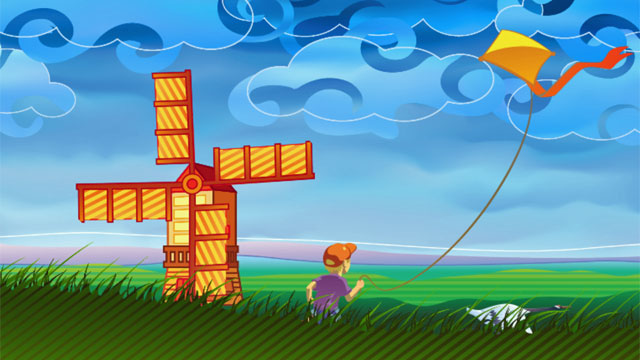
As the conversation about education shifts towards helping students develop useful skills in life beyond the classroom, a new spotlight on computer coding has emerged. Kids are impressing adults with their creativity, with their facility in learning new technologies, and their ability to design challenging video games.
More and more, parents are beginning to see computer science and programming as the key to success for their children. And like other foreign languages, even if the child doesn’t grow up to be a computer programmer, learning to code can yield many other benefits, the thinking goes.
Tools like Scratch and Alice have been around to help kids code for several years, but now commercial products are starting to compete, offering sleek new platforms focused on teaching how to think like a computer programmer. Tynker is one such newcomer, and the founders hope its easy-to-use product can capture both educational and commercial users. On Tuesday, Tynker released its "at-home package," a 16-week immersive course for elementary and middle-school aged kids that costs $50 and doesn’t require any adult intervention.
Tynker is hoping that parents will see the value in teaching kids to code to invest in the course and access to Tynker’s tools. “Ultimately our question is, do kids love this,” said Krishna Vedati, CEO of Tynker and a successful start-up entrepreneur several times over. “Teachers and parents are channels for us. Our customers, if I were to use the word, are kids.”
Tynker breaks programming down into visual blocks that teach concepts like animation in simple steps. “This is a visual programming language, so we eliminated the syntax,” Vedati said. Kids see different colored blocks that represent different steps in computational thinking. For example, in the animation lesson, a child learns that she needs an actor and an event to make a puppy bark. She isn’t seeing scary lines of JavaScript, she’s seeing friendly colored boxes labeled with their functions and she’s learning the order and logic to those functions.

